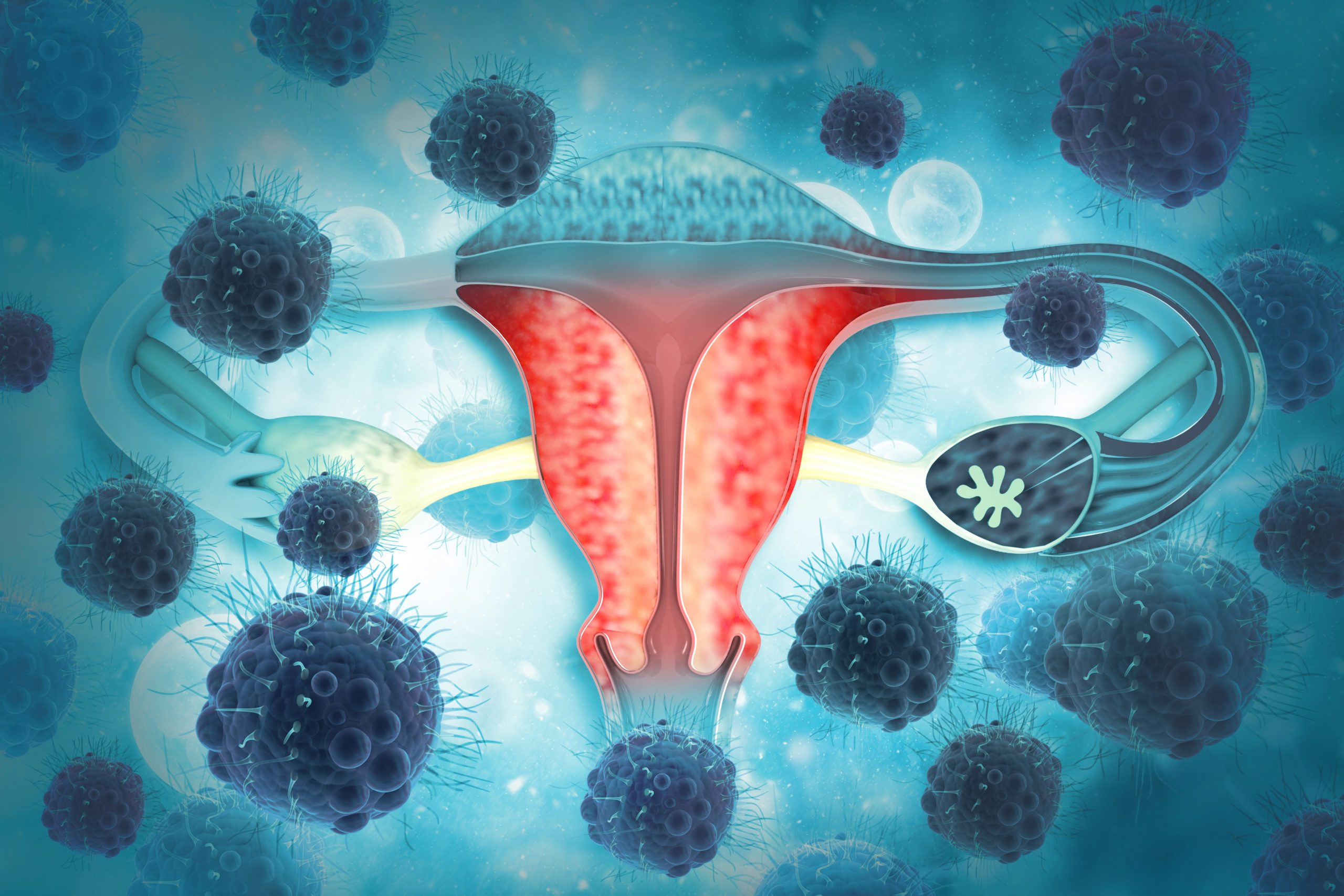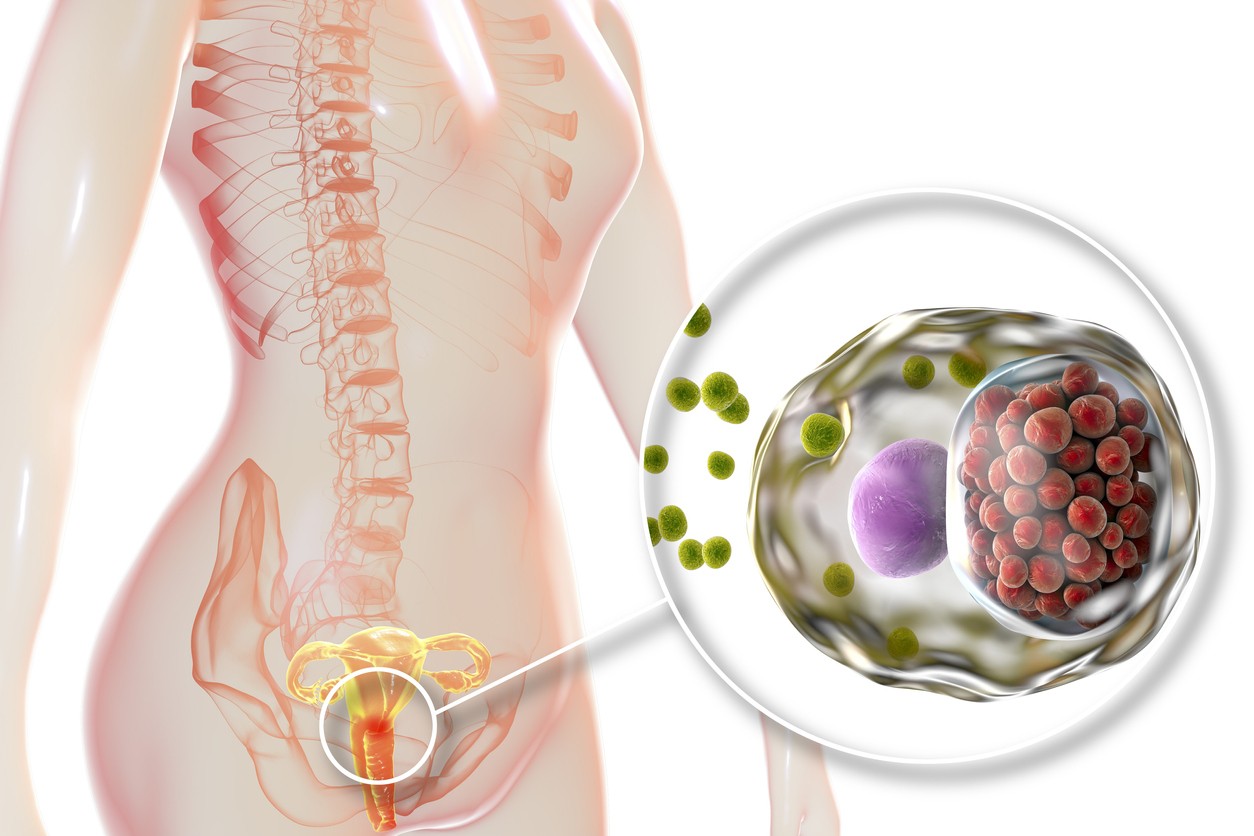Ovarian cancer is a disease in which malignant tumor-causing cells form in the tissues of the ovaries or fallopian tubes and grow abnormally and multiply to form a tumor.
Ovarian cancer is the first cause of death from cancer in the female reproductive system, although it is not the most frequent and the sixth cause of death from cancer in women.
When we talk about ovarian cancer, different types of tumors can be distinguished. Some of the most common are listed below: Epithelial tumors, Germinal tumors, Sex cord-stromal tumors, Secondary tumors.
The most common symptoms of ovarian cancer are:
- Abdominal swelling.
- Abdominal pain.
- Irregular vaginal bleeding, which appears outside the menstrual period.
- Constipation, gas, strong urination.
- Nausea and vomiting.
- Loss of appetite.
- Unexplained weight gain or decrease.
- Back pain.
- Constitutional syndrome (tiredness, weight loss…) in tumors with great growth and that are in advanced stages.
Complications may appear such as: ascites (accumulation of fluid in the abdominal cavity), torsion, rupture, intestinal obstruction, spread of cancer to other organs, infection.
The definitive diagnosis of ovarian cancer is established by studying the affected tissues, but the clinical history, imaging techniques and serum markers guide (very accurately in some cases) about the diagnosis.
The basic or treatment of choice for ovarian cancer in its early stages is surgical, and it usually consists of radical surgery, in which the uterus and ovaries are removed, the peritoneum is explored (and biopsies are taken if there are suspicious lesions), the nodes in the area are removed, and it may even be necessary to remove intestinal segments, in order to eliminate all possible locations of the tumor. In young patients who wish to have children, a more conservative surgery can be performed in some cases, which would be completed later, once the wishes of offspring have been fulfilled.
In advanced stages, as much of the tumor as possible is removed, so that what remains can be treated after surgery with chemotherapy. If there is no surgery option, it is treated with chemotherapy.
Chemotherapy is used depending on the stages and the success of the surgery, as adjuvant therapy to eliminate possible malignant cells that have survived the operation.
The number of cycles of chemotherapy treatment that the ovarian cancer patient will receive will depend on the stage of her disease in which she is. In this type of cancer, chemotherapy can be given into a vein (intravenous or IV) or into the womb. They have recently incorporated antianglogenic therapy with a monoclonal antibody against VEGF into chemotherapy treatment, which significantly improves the prognosis of ovarian cancer.
In patients treated for ovarian cancer, it is very important to have regular check-ups, which will generally be every three months for the first two years, and every six months thereafter.
These reviews may include:
- Physical and pelvic exam.
- Analytical: hematology, biochemistry and tumor markers (Ca 125).
- Imaging tests: ultrasound, computed tomography (CAT), positron emission tomography (PET) or MRI.






